September is the month of transition, with warmer soil and cooler nights. Signalling gardeners that they still have a chance to mess around the dirt.
While the warmth of the soil contributes in quick seed germination, cooler air means your plants won’t need to be watered frequently.
It’s kind of funny how September gets written off as the “end” of gardening season, when really, it’s more like getting a second chance. You know how spring planting can be such a gamble with late frosts and crazy weather? Well, fall planting is way more chill—literally and figuratively.
So, if you’ve been thinking it’s too late to plant anything, think again. September is not about winding down; it’s about gearing your gardening gloves for one more round before winter actually shows up.
18 Vegetables to Plant in September
Cooling temperatures in September, creates a natural advantage that summer plantings rarely enjoy.
Root crops develop sweeter flavors as they convert starches to sugars in cool weather, while leafy greens grow without the bitter taste that often develops in summer heat.
Fall plantings benefit from gradually declining temperatures that extend harvest periods for weeks or even months, providing fresh vegetables well into winter and giving you more flexibility in the kitchen with less pressure to process everything at once.
1. Spinach – Bloomsdale Longstanding, Melody, Olympia

Spinach is a fast-growing, cool-season leafy green that thrives in fall conditions. Plant your spinach 8-10 weeks before the first anticipated frost date for continuous harvests. This hardy crop can tolerate temperatures down to 15°F once established, and light frosts actually improve its flavor by concentrating sugars in the leaves.
‘Bloomsdale Longstanding’ is a classic heirloom variety with deeply savoyed, dark green leaves that resist bolting in temperature fluctuations. It’s particularly cold-hardy and slow to go to seed. You can begin harvesting baby leaves in 30-40 days, with mature leaves ready in 45-50 days.
‘Melody’ is a hybrid variety prized for its smooth, tender leaves and excellent disease resistance. It has outstanding cold tolerance and produces uniform, dark green foliage. Baby leaves can be harvested in 25-30 days, with full-size leaves ready in 40-45 days.
Also Read: 19 Vegetables to Plant in August for Fall Harvest
2. Lettuce – Black Seeded Simpson, Red Sails, Bambi, Buttercrunch, Parris Island
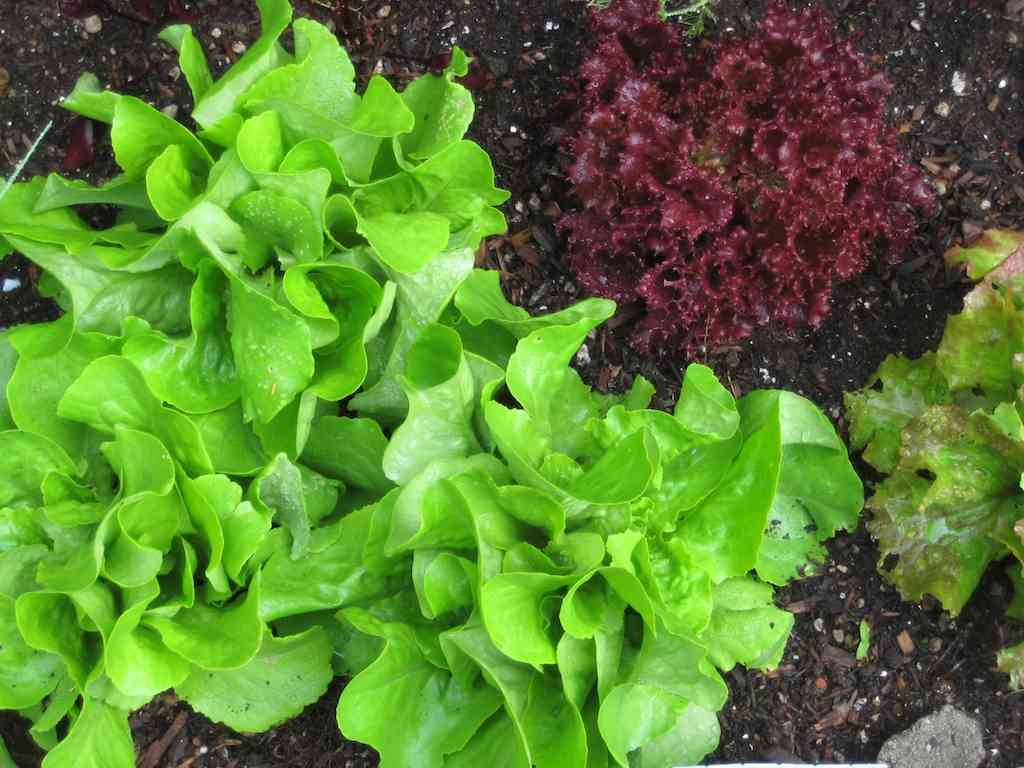
As the temperatures drop and daylight shortens, lettuce thrives—making fall the perfect season to grow this cool-weather favorite. For a productive harvest, sow your lettuce seeds about 8–12 weeks before your region’s first expected frost. Many varieties tolerate light frosts (down to 28–30°F) and often taste sweeter and less bitter in the cooler months.
‘Black Seeded Simpson’ is a reliable heirloom loose-leaf variety with light green, frilly leaves that form beautiful rosettes. It’s extremely cold-tolerant and has excellent bolt resistance in cool weather. This variety is perfect for cut-and-come-again harvesting. You can begin harvesting baby leaves in just 25-30 days, with mature heads ready in 45-50 days. The tender leaves have a mild, sweet flavor that gets even better after light frost.
‘Buttercrunch’ is a premium butterhead variety that forms compact, dense heads with buttery-smooth outer leaves and crisp, sweet hearts. It has outstanding cold tolerance and actually develops better flavor in cool conditions. This variety is slower to bolt and handles temperature fluctuations well. Baby leaves can be harvested in 35-40 days, with full heads ready in 55-65 days. The thick, succulent leaves maintain their quality well into winter, making it ideal for fall planting.
Check this: 8 Best Herbs for Hanging Baskets
3. Kale

Kale is another wonderful, cool weather, leafy green vegetable. Plant your kale about 12 weeks before the first anticipated frost date for the longest growing season. Don’t worry about a frost ruining this crop, it is cold tolerant to the 20s, and even down to 10°F once it’s established.
‘Lacinato/Tuscan’ features dark blue-green, strap-like leaves with a bumpy texture and sweet, nutty flavor. This Italian heirloom is extremely cold-hardy and actually improves in taste after frost. You can begin harvesting baby leaves in as little as one month, with mature leaves ready in 60-70 days.
4. Carrots

Carrots thrive in cool fall weather when the soil is still warm but air temperatures are dropping. Sow seeds 10-12 weeks before hard frost for winter storage varieties. These root vegetables can withstand temperatures down to 20°F when mulched and actually develop sweeter flavor after cold exposure.
‘New Kuroda’ is a Japanese variety producing 8-inch, orange-red roots with exceptional sweetness and crisp texture. It stores well and has excellent cold tolerance. Harvest in 70-80 days for peak flavor and storage quality.
5. Radishes

Radishes are among the fastest-growing fall vegetables, perfect for quick results in cooling weather. Plant 4-8 weeks before first frost for continuous harvests. Most varieties tolerate light frosts and develop crisper texture in cool conditions.
‘Cherry Belle’ and ‘White Icicle’ offer contrasting shapes and flavors. Cherry Belle produces round, bright red roots with white flesh in just 22-25 days, while White Icicle forms long, slender white roots with mild flavor in 25-30 days. Both maintain quality well in cool weather.
6. Broccoli
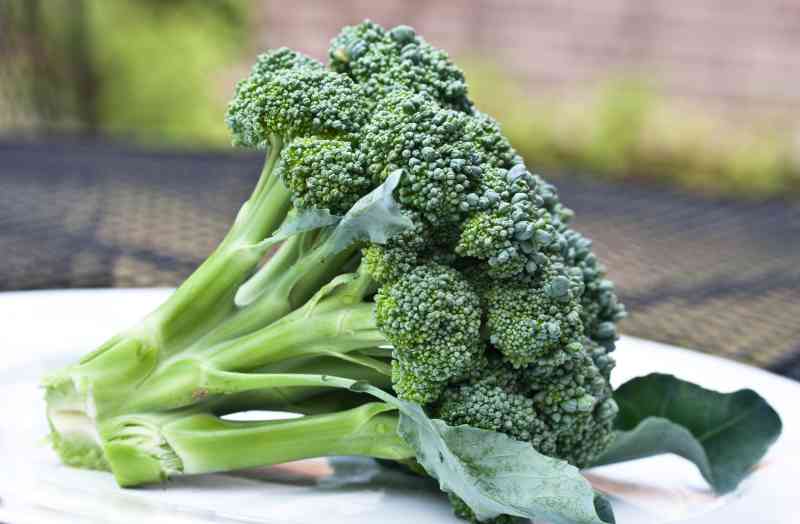
Broccoli transplants love the transition from warm soil to cool air that September provides. Set out transplants 12-14 weeks before hard frost for main heads, with side shoots continuing production into winter. This crop actually prefers cool weather and can handle temperatures down to 25°F.
‘Green Magic’ produces tight, dome-shaped heads with excellent heat tolerance during establishment and superior cold tolerance for extended harvest. Main heads mature in 60-65 days with abundant side shoots following.
7. Garlic

Garlic requires a completely different approach – plant individual cloves 6-8 weeks before ground freezes for harvest the following summer. This crop needs winter’s cold period to form bulbs properly. Choose hardneck varieties for northern regions, softneck for warmer areas.
‘Music’ is a hardneck variety producing large, white bulbs with purple stripes and robust flavor. Plant cloves pointed-end up, 2 inches deep, and mulch heavily for winter protection. Harvest in mid-summer when lower leaves brown.
8. Beets

Beets develop their sweetest flavor in cool fall conditions and can withstand multiple frosts. Sow seeds 8-10 weeks before hard frost, and enjoy both the colorful roots and nutritious greens. The roots store well in the ground with mulch protection.
‘Detroit Dark Red’ and ‘Chioggia’ offer classic reliability and visual appeal respectively. Detroit Dark Red produces uniform, deep red roots with sweet flavor in 55-60 days, while Chioggia displays stunning red and white concentric rings with mild, sweet taste in 50-55 days.
9. Onions

Onions for fall planting are typically sets or transplants that will overwinter and bulb up next spring. Plant 6-8 weeks before hard frost to establish good root systems. These hardy bulbs can survive temperatures well below freezing once established.
‘California Early’ forms medium-sized, yellow bulbs with excellent storage quality and mild flavor. Plant sets in early fall for spring harvest, spacing 4-6 inches apart in well-drained soil.
10. Turnips

Turnips are dual-purpose vegetables providing both tender greens and sweet roots in cool weather. Sow seeds 6-10 weeks before hard frost, with greens ready much earlier than roots. Both parts of the plant become sweeter after frost exposure.
‘Purple Top White Globe’ and ‘Tokyo Cross’ represent traditional and modern breeding. Purple Top White Globe produces classic white roots with purple shoulders and mild flavor in 55-60 days, while Tokyo Cross offers quick-maturing, pure white, crisp roots ready in just 35-40 days.
11. Swiss Chard

Swiss Chard continues producing colorful stems and leaves well into winter with minimal protection. Plant 8-10 weeks before hard frost for sustained harvests. This cut-and-come-again crop tolerates temperatures down to 15°F and actually sweetens with cool weather.
‘Bright Lights’ creates a rainbow of stem colors – yellow, orange, red, pink, and white – with tender green leaves. Harvest outer leaves regularly to encourage continued production through fall and winter.
12. Brussels Sprouts
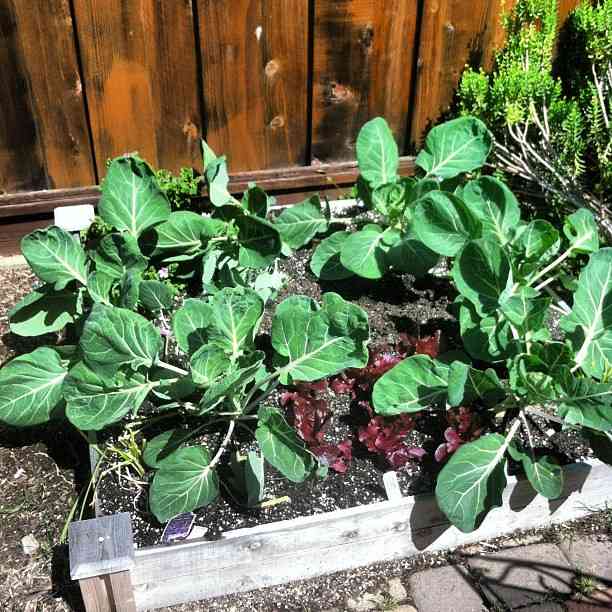
Brussels Sprouts need the entire fall season to develop their signature small cabbages along tall stalks. Start transplants 12-16 weeks before hard frost, as they require a long, cool growing period. The sprouts actually improve in flavor after several frosts.
‘Long Island Improved’ produces firm, compact sprouts with excellent flavor and cold tolerance. The 2-3 foot plants yield dozens of sprouts that mature from bottom to top over several weeks in late fall and early winter.
13. Cauliflower

Cauliflower demands consistent cool conditions and steady moisture for proper head formation. Transplant 10-12 weeks before hard frost, and protect developing heads from sun by tying outer leaves over them. This crop is less cold-tolerant than its cabbage relatives.
‘Snow Crown’ reliably forms pure white, compact heads with good heat tolerance during establishment and excellent flavor. Heads mature in 50-60 days and should be harvested promptly when tight and white.
14. Peas
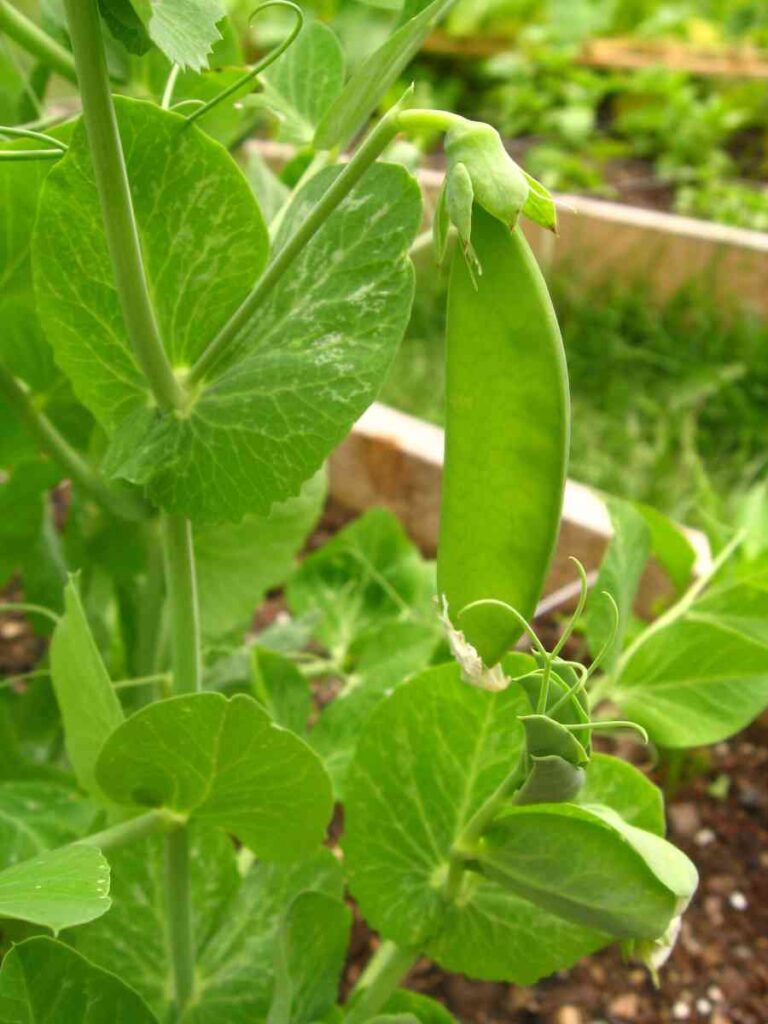
Peas planted in fall often outperform spring crops due to fewer pest issues and steadier moisture. Sow seeds 8-10 weeks before hard frost for shell peas, or closer to frost for snap varieties. These nitrogen-fixing legumes actually improve soil while growing.
‘Sugar Snap’ produces plump, edible pods with sweet, crisp texture that’s perfect for fresh eating or light cooking. The vines reach 6 feet and benefit from trellising, producing pods in 60-70 days.
15. Cabbage

Cabbage transplants thrive in fall’s cooling conditions, forming dense heads that can withstand significant frost. Set transplants 12-14 weeks before hard frost for full-sized heads, or closer for smaller, tender cabbages. Well-established plants survive temperatures into the teens.
‘Golden Acre’ forms compact, round heads weighing 3-5 pounds with sweet, crisp leaves. This variety has good bolt resistance and excellent storage quality, maturing in 60-65 days from transplant.
16. Coriander

Coriander (cilantro) actually prefers cool weather over summer heat, making fall the ideal planting time. Sow seeds 6-8 weeks before hard frost for leaves, or allow plants to bolt for coriander seed production. Cool weather prevents premature bolting.
‘Slow Bolt’ lives up to its name by resisting the rapid seed production that plagues summer cilantro plantings. This variety provides weeks of fresh leaves before producing aromatic seeds for spice use.
Also Read: 13 Easy Vegetables to Grow in Summer
17. Mustard Greens

Mustard Greens develop their characteristic peppery bite in cool weather while remaining tender and productive. Sow 6-8 weeks before hard frost, and harvest young leaves for salads or mature leaves for cooking. Light frost enhances their flavor.
‘Red Giant’ and ‘Mizuna’ offer contrasting appearances and flavors. Red Giant produces large, burgundy-tinged leaves with robust, spicy flavor, while Mizuna forms delicate, deeply serrated leaves with mild mustard taste – both excellent for fall growing.
18. Leeks
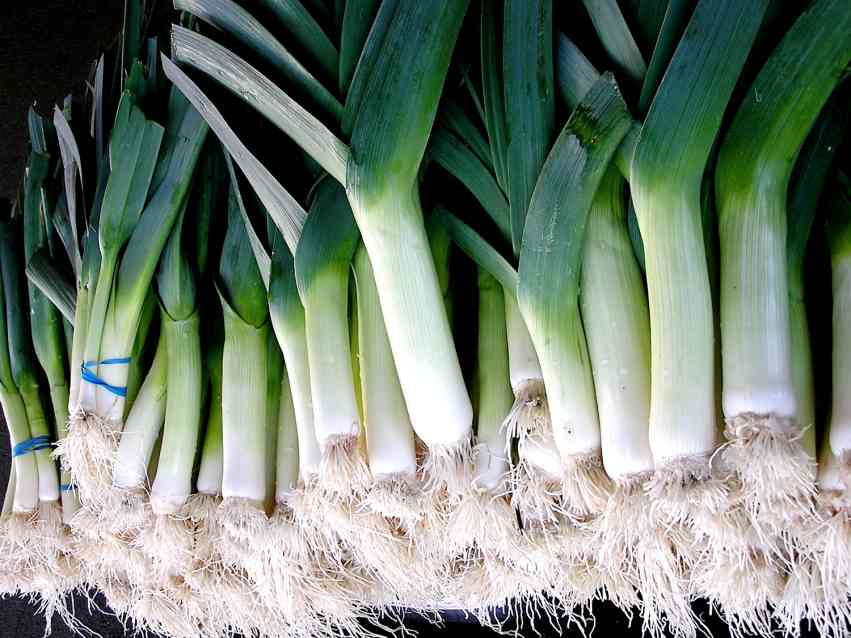
Leeks are the marathon runners of the onion family, requiring 100+ days from seed to harvest but rewarding patience with sweet, mild flavor. Start from transplants in fall, or direct sow for harvest the following year. These hardy plants survive harsh winters with minimal protection.
‘American Flag’ produces thick, white shanks with blue-green leaves and classic leek flavor. Hill soil around the stems as they grow to create longer white portions, and harvest as needed through winter and into spring.
Also Read: How to Use Epsom Salt for Tomato Plant?
Conclusion
Don’t let the calendar fool you into thinking the growing season is over.
From quick-maturing radishes ready in just three weeks to garlic that will reward your patience next summer, September offers something for every gardener’s timeline and taste.
The vegetables you plant now will not only extend your harvest but often taste better than their summer counterparts, thanks to the natural sugar concentration that cool weather brings.

Khaja Moinuddin, a computer science graduate, finds joy in gardening and homesteading. Join him on this blog as he shares his experiences in homesteading, gardening, and composting